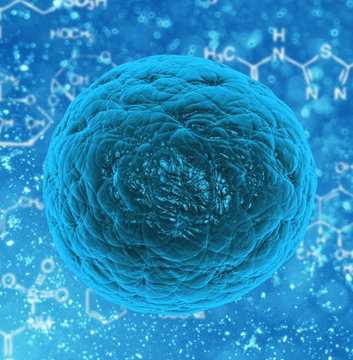
This month, a team at Harvard led by Dr. David Liu launched a new generation of molecular carriers inspired by viruses. Described as engineered virus-like particles, these bubble-like carriers can deliver CRISPR and base editing components to a myriad of organs with minimal side effects. As a proof of concept, the system restored vision in a mouse model of genetic blindness, disabled a gene associated with high cholesterol levels, and fixed a malfunctioning gene inside the brain.
“Overall, Liu and colleagues have developed an exciting new advance for the therapeutic delivery of gene editors,” said Dr. Sekar Kathiresan, co-founder and CEO of Verve Therapeutics, who was not involved in the study.
A CRISPR variant, the technology took gene editing by storm due to its precision. Similar to the original CRISPR, the tool has two components: a guide RNA to hunt down the target gene and a reworked Cas protein that swaps out individual genetic letters.
Viruses have been the go-to carrier, due to their inherent ability to infect cells. Once inside the cell, the added genetic code is transcribed into proteins, allowing cells to make their own gene editing tools.
Viruses, though efficient, can cause the cells to go into overdrive, producing far more gene editing tools than needed.
Unlike viruses, these bubbles don’t carry any viral DNA and can’t cause infections, potentially making them far safer than viral carriers.
The downside? They’re traditionally terrible at carrying cargo to its targets. The result is that a carrier can pack 16 times more cargo and up to a 26-fold increase in gene editing efficacy.
They targeted three different organs, the eye, liver, and brain for showcasing the flexibility of the new carrier.
In mice with an inherited form of blindness, for example, the carrier was loaded with the appropriate gene editing tools and injected into a layer of tissue inside the eye.
In another study, the team focused on a gene that often leads to brain disorders. With the new eVLP spaceship, the gene editors smoothly sailed through the barrier. Once inside brain cells, the tools had a roughly 50 percent chance of transforming damaged genes.
As an additional proof of concept, the new carriers honed in on the livers of mice with cholesterol problems. Gene editing has always been haunted by the ghost of off-target effects. Because they’re completely engineered, they carry zero viral DNA and are safer.
